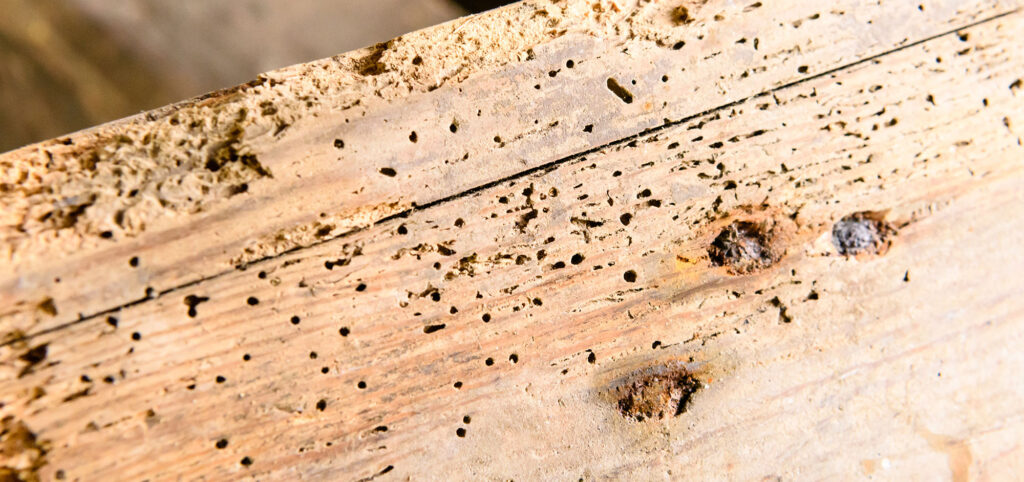Wood bearer treatment Hyderabad

Wood Bearer Treatment
Introduction
Wood bearers are an essential part of many construction projects, providing support and stability to various structures. However, these bearers are prone to damage from pests, moisture, and time itself. In this article, we will explore the importance of wood bearer treatment and delve into three key factors that can help ensure their longevity and durability.
Factors for Effective Wood Bearer Treatment
1. Understanding the Challenges
Wood bearers face a range of challenges that can compromise their structural integrity. One of the primary concerns is moisture, as it can cause wood to rot and weaken over time. Additionally, pests such as termites and wood-boring beetles can infiltrate the bearers, leading to significant damage if left untreated. Finally, the natural aging process of wood can contribute to its gradual deterioration. By understanding these challenges, we can better appreciate the importance of effective treatment methods.
Highlight: “Wood bearers face a range of challenges that can compromise their structural integrity.”
2. Preservative Treatments
To combat the challenges faced by wood bearers, preservative treatments are often employed. These treatments involve applying chemicals to the wood that serve to protect it from moisture and pests. There are various types of preservatives available, each with its own advantages and disadvantages.
a. Oil-Based Preservatives
Oil-based preservatives are widely used due to their effectiveness and versatility. They penetrate deep into the wood fibers, providing long-lasting protection against moisture and pests. These treatments also enhance the wood’s natural beauty, giving it a rich, warm hue. However, oil-based preservatives may require regular reapplication to maintain optimal protection.
b. Water-Based Preservatives
Water-based preservatives offer an eco-friendly alternative to oil-based options. They are less toxic and emit fewer harmful fumes during application. These treatments can also penetrate the wood effectively, providing reliable protection against moisture and pests. However, they may not offer the same level of durability as oil-based preservatives.
Bullet points:
- Oil-based preservatives penetrate deep into the wood, providing long-lasting protection.
- Water-based preservatives offer an eco-friendly alternative.
3. Regular Inspections and Maintenance
Even with effective preservative treatments, regular inspections and maintenance are crucial for the longevity of wood bearers. Inspections allow early detection of any signs of pest infestations, wood decay, or structural issues. Prompt action can then be taken to address these problems before they worsen. Regular maintenance, such as cleaning and reapplication of preservatives, ensures that the protective barrier remains intact, extending the lifespan of the bearers.
Callout: “Regular inspections and maintenance are crucial for the longevity of wood bearers.”
